SUMMARY
This is AI generated summarization, which may have errors. For context, always refer to the full article.

MANILA, Philippines – If there’s one thing renowned Filipino wire artist Racso Jugarap has learned, it’s that it’s almost always worth it to take that leap of faith.
It’s not enough to say that Racso has found a stellar art career abroad – the 33-year-old Filipino from General Santos City has also made history as the first Filipino artist to hold a solo exhibit at the prestigious 2022 European Commission in Brussels, Belgium. Racso’s wire artworks are presented from the lobby to the 4th floor of one of the world’s most secured and exclusive places.

It’s an impressive feat, especially for someone who has no formal education in arts and design, and this fact is what makes this story all the more inspiring – that a Filipino who traveled overseas to work as an OFW chef could become one of Brussels’ most prominent wire artists today, with his works presented in several art galleries and museums, and to a loyal collector base.
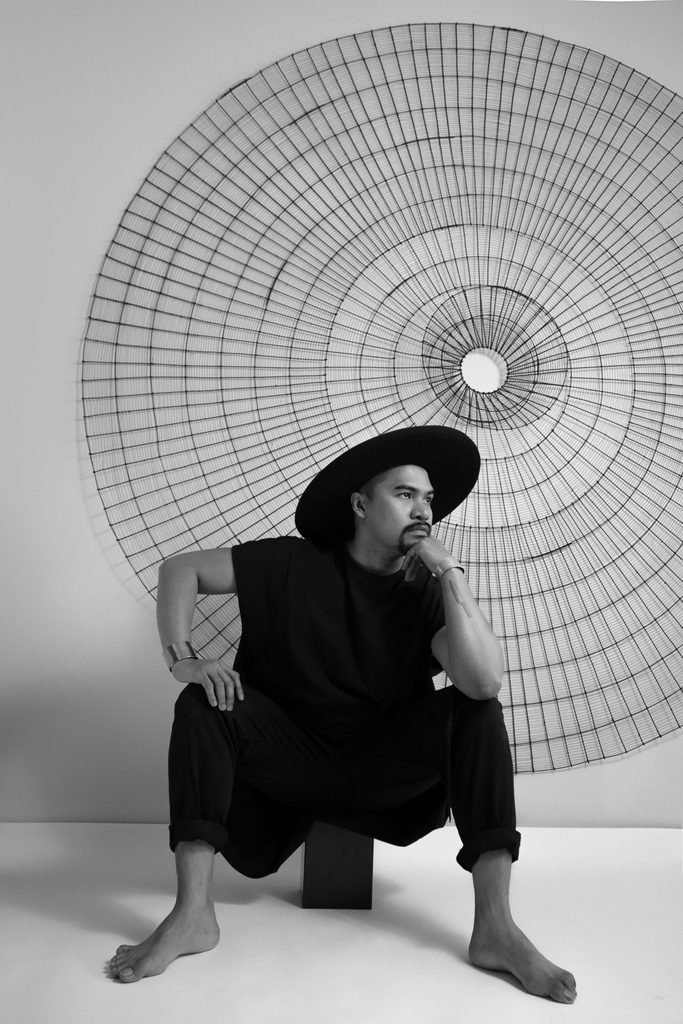
Racso is living proof that with risk comes reward, especially if the risk involves choosing one’s passion over everything else. But if you asked 10-year-old Racso if he’d ever envisioned himself donning the floors of the European Commission, he’d laugh. To him, his childhood was one of an ordinary millennial growing up in the province – playing in the streets, climbing trees with friends, and playing computer games indoors.
An artist shaped by childhood
At a young age, Racso already developed an interest in working with his hands. Being the youngest son of a jewelry designer, it wasn’t hard to grow an interest in handmade crafts – but who knew that this early fascination for wire artistry would lead him to the career of his dreams and an opportunity of a lifetime?
Aside from his childhood experiences, Racso said that his main inspiration for pursuing wire art was watching his father create pieces of jewelry as a child. Funnily, it was one of his father’s strict rules that pushed Racso to explore wire art – as a child, he was forbidden from touching his father’s precious and costly gems and metals. And so, bored and restless, Racso resorted to playing with the leftover wires on the floor of his dad’s studio. Soon, Racso began making his own trinkets to give as gifts to friends.
“I had always been known to everyone as that creative kid. Back then, I didn’t consider myself an artist. I guess it’s a cultural thing to associate being an artist with being jobless or lacking security, and I was scared of that. I just create,” Racso told Rappler.

Racso soon became a teenager, and with adolescence comes teenage angst, which he called his “rebel days.” In a rash decision to go against the wishes of his parents, Racso pursued cooking for his studies.
“My parents wanted me to study Jewelry Design to continue the family business, but as the youngest rebel in my family, I wanted to pursue cooking,” he said. And in Racso fashion, he took the leap without hesitation, not knowing that he would be starting his European adventure at age 18.
The recipe for success involves mistakes
A few months before graduating from culinary school, Racso and his friends were scouted by a German company to work for them in the kitchen. Believe what you will about destiny, but to Racso, this was it – the job opportunity couldn’t have come at a better time.
“By that time, I already felt that I was meant to explore the world, which I only see in atlas books and the encyclopedias we have at home. So when the opportunity arrived, I didn’t waste it. I packed my bags and left. I learned to be independent at such a young age,” Racso said.
Off to Germany he went, starting in the lowest position of the kitchen. After working for that company for six years and even scoring a promotion, Racso found another job in Brussels, Belgium in 2015. Shortly after, Racso started feeling overwhelmed by the fast-paced life of the culinary world and the hustle and bustle of the city.

“Nightlife is a big thing in Brussels, but my body told me to stay home and rest. It was purely out of frustration that I needed to do something other than partying on my off days,” he said. It was then that he found himself gravitating towards his childhood hobby yet again in an unexpected place.
“One day, I was in the hardware store to pick up some gardening materials, because I decided that’s what I’m going to do outside work. I’m going to teach myself to do gardening! In one of the aisles, they have metal wires, and all of a sudden, all of the fun childhood memories came back to me when I was playing in my dad’s atelier, just like Peter Pan remembered his childhood,” Racso said.
He bought some rolls and took them home. A kind neighbor let him borrow his pliers and wire cutters, which was a gesture that “sparked joy” within Racso. “It was a fantastic feeling. I was bending, creating figures. I didn’t know what I was doing, but I allowed myself to play. I was just having fun. It became my stress reliever after working from the kitchen the whole day,” he said.;

Alongside his day job, Racso began experimenting with wire art again. Soon, a friend suggested he sell his creations on Instagram. “I was really new at that time to this platform and wasn’t expecting anything,” Racso said, but one day, he received a DM from a lady in New York asking if one of his pieces was for sale. That single interested customer suddenly changed the trajectory of Racso’s life.

“I couldn’t believe it and didn’t know how to answer her at first. I couldn’t fathom that someone wanted to buy something that I love doing. I ended up saying yes to her. She became my very first collector, and she introduced me to some people in Connecticut and Los Angeles, who wanted my pieces as well,” Racso said. After that, Racso balanced both work and passion for months as he began producing orders from Instagram.
Ladies that changed everything
“She ordered hundreds of my works that day, to be delivered in two months. I wasn’t expecting that. I didn’t have a proper studio. I was just creating them in my apartment, and I didn’t even have staff. I was the only one doing them on my own. I took the challenge,” Racso said.
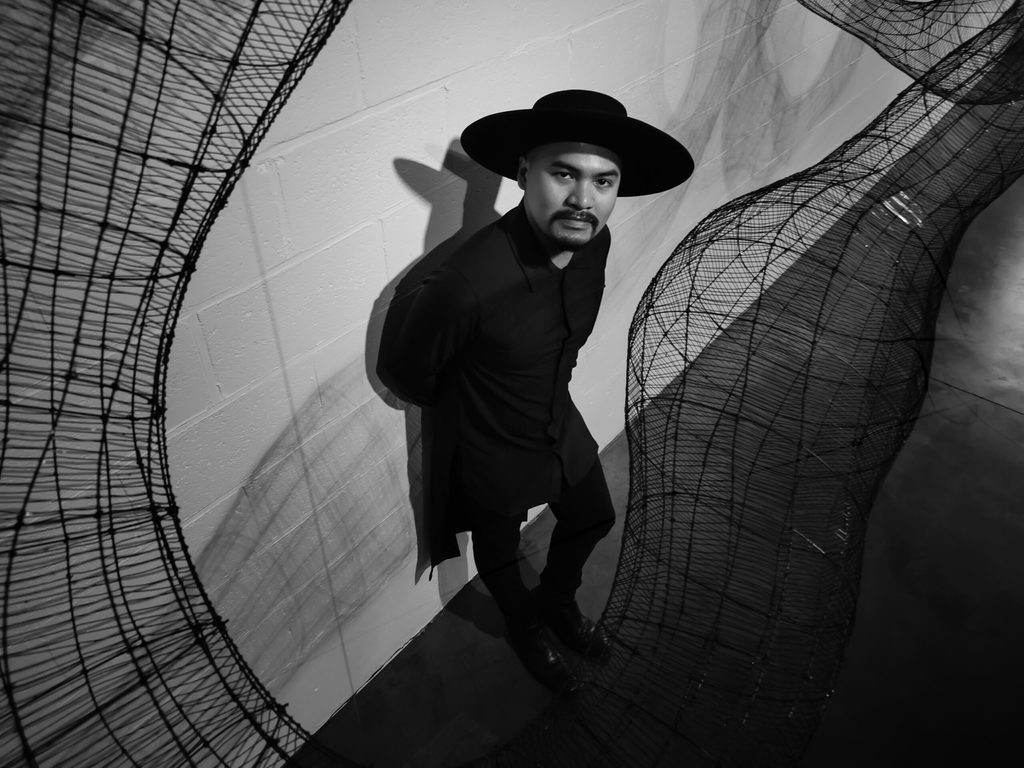
Soon, more emails started coming in as word-of-mouth spread. Racso received an email from a Belgian lady living in another city, asking to meet him to see the pieces herself. Since he had never been to her city, he offered to travel to her instead.
“I didn’t have a car back then, so I hopped on the train to meet her, carrying a small box containing one of my pieces. I thought she was going to buy one piece of artwork, but it turned out that she was a major collector, promoter, and patron of the arts in Europe and the US,” he said.
Starry-eyed and adrenaline-driven, Racso was thankful for this growing fame, but also blindsided by the sudden demand; it wasn’t long until the inevitable stress of working two jobs took an “overwhelming” toll on his physical and mental health. It was time to ask for help, and the Filipino bayanihan spirit didn’t let Racso down, even from across the globe.
“I hired my Filipino friends to help me with tasks like transporting and packaging, which saved me a lot of time and delivered the first batch of huge orders with no problems,” he said.

Racso’s first first female customers definitely opened the doors for him. He hired a PR agency afterwards, which got him spots on magazines, radio programs, and television shows, touring around Europe with the Belgian lady and “mounting exposition that [he] could only see in magazines back in the Philippines when I was younger.”
“And now I am part of it because of her. I was booked for months. I was living a different life outside the kitchen; I was celebrated,” Racso said.
Goodbye kitchens, hello galleries
In hindsight, it was a a stroke of divine luck when Racso’s main job went through a sudden change of management, which caused him to leave. But at the time, it felt far from that, as he experienced obvious racism in the kitchen.
“With the new manager in charge, from a teamwork culture, it became an environment where toxicity, favoritism, and even racism was observed, favoring the Belgian employees and making it hard for the immigrant workers,” he said. That was the last straw for Racso; he finally hung his apron, walked out, and never looked back. Plus, the fact that he was also already making three times his salary per month doing art was the final nail in the coffin.
“So that’s why it wasn’t hard for me to decide to let go and become full-time with my new career. It was one of the scariest moments for me, but I am glad I’ve made that jump. The best decision ever,” Racso said.
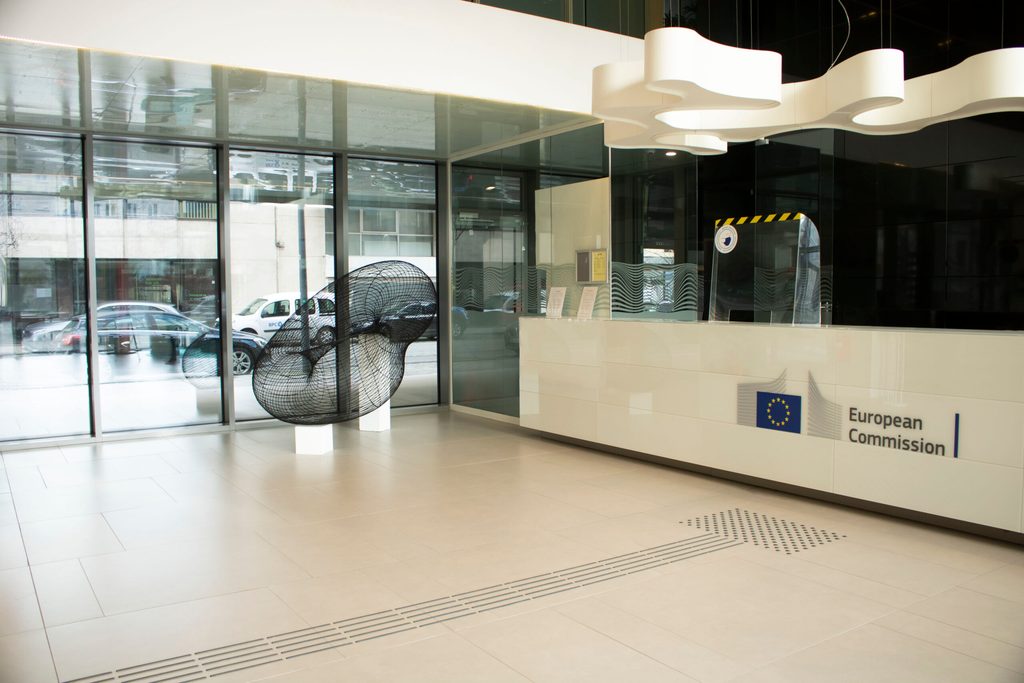
“I think now I would say that it was not only the racism and the unfair treatment that I experienced back then that was the only reason I quit my job. I already had that feeling deep inside me that something bigger was waiting for me outside my cooking career, and that unfortunate event was the only sign and timing that I was waiting from God,” he added.
Wire art: The medium is the message
Racso didn’t waste a second diving in headfirst into his first love. Wire art is about understanding how the materials behave, and his deep understanding for the medium was something already ingrained in him since childhood. Wire artists are skilled in weaving each strand of various wires into organic and asymmetric shapes using the most minimal tool available to create sculptures, jewelry, or decor.

What does Racso love the most about wire art? The malleability of wires – he said that he “can almost do anything with it, if you treat it like fabric.”
“Since I didn’t go to any art school, my weakness is sketching or drawing my ideas, but I find it easier to express my creativity by molding the wires in 3D with my hands than drawing it on paper. So the wire acts as my ink,” he explained. Some may assume that this medium is rare, but Racso begs to differ – according to him, wires are usually used as “armature” to give sculptures a solid structure. These types of wires that he uses are the same wires that anyone can buy in any hardware store.
With art, there is always room for improvement, and Racso’s continuous efforts to hone his skills and creativity – experimentation and failures included – are key in getting better at his craft.

“Although it makes me cringe when I visit the home of a collector who owns a piece from my earlier years, I can see how my work had developed in years of doing this, from raw to a more refined one,” he said.
“I also learned that not all what I considered mistakes are bad. There are pieces that I really hated and wanted to destroy, but it turned out it was the first one to get sold in a show, or sometimes that ugly piece landed me in a bigger project,” he added.
Growth outside his comfort zone
As awe-inspiring as Racso’s journey to artistic stardom is, the road to success was – and is – not always a walk in the park. Becoming a renowned artist, especially away from your home country, required Racso to overcome a lot of personal struggles and insecurities just to make it big in the Belgian art scene. However, Racso has no regrets – just love for the decisions he made that led him to where he is today.

“Suppose I stayed in the Philippines or even in my hometown. In that case, I don’t think I will have the same opportunity because if I didn’t experience those frustrations, I wouldn’t realize that I have this talent and opportunities waiting to be unveiled. If I only stayed in the comfort of home, I wouldn’t know my potential,” he said.
Getting over his fear of public speaking and talking to strangers was initially challenging for Rasco, as he considered himself “a timid person back then.” But Racso learned that you got to risk it to get the biscuit, especially after a chance encounter on a train trip to Paris.
“I remembered a few years ago, on a train trip to meet two of my childhood friends in Paris, I was sitting next to this lady and noticed she had a magazine with her that I knew I had a little feature in at that time. It was the start of the discussion, and later on, I learned that she is an editor-in-chief of a lifestyle magazine in Italy,” he said.
“That three-hour train ride, because I conquered my shyness, got me featured in her magazine. That’s was when I realized if I keep pushing myself to do things outside my comfort zone, there is always a reward waiting for me in a different form.”
Finding himself in Belgium
In the process of finding his personal artistic voice, Racso also discovered new parts of himself – one of which was a passion for fashion, calling it “another world that he loves outside the art gallery.” He embraced it and explored his own fashion sense, and eventually became known for his all-black outfits and signature wide-brimmed black hat.

“To be honest, the hat was unintentional. I was only supposed to wear it in a magazine photoshoot, but then people started gifting me that same hat style, and then I began collecting them. My favorite is a hat custom-made for me by a hat designer named Elvis Pompilio. He has made hats for celebrities like Madonna,” he said.
Racso merged fashion and art with collaborations with fashion designers, stylists, and photographers for runways and fashion editorials for magazines, creating wearable art made of wire. Even if Racso would describe his work and style as monochromatic, he calls his sculptures “organic, free, and sometimes playful.”
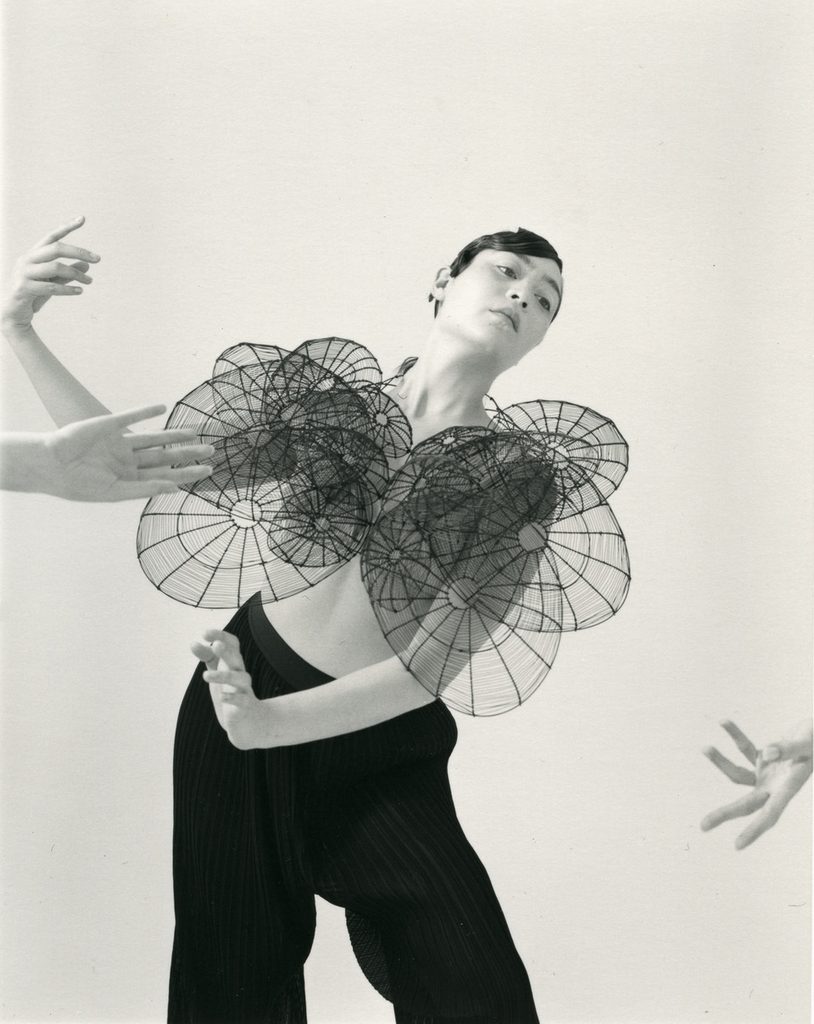
The positive state of the Belgium art scene played a big part in Racso’s growth – aside from the freedom to play and create, arts and design have always been a big part of Belgians’ lives, Racso said, which fascinates him.
“An artist can make a decent living selling their works here if taken seriously. Moreover, the government even lessened the taxes for artists to pay and can even provide funding for the eligible,” he said. Aside from government support, the citizens are also more than happy to rally behind their favorite artists.

“I wouldn’t be where I am right now without the people who trusted me and my works, those who saw my potential even if I didn’t see it for me first. Those mentors taught me a different mindset that changed the game for me. I know I still have a long journey ahead of me because I still have some goals that I want to achieve, but I learned to enjoy the process,” Racso said.
How does Racso feel about achieving such a momentous milestone? Above anything, he feels most honored to represent the Philippines at one of the most important institutions in Europe, the European Commission – a process that took almost two years to happen.
“When I heard from one of my art dealers that I got shortlisted to do this show, at first I couldn’t believe it myself. I thought it was impossible and maybe they made a mistake, but then I realized she was not joking! I am thrilled to be chosen on this platform to showcase Filipino talent,” he said.
“I am also grateful that they remained open-minded, inviting artists outside the art academe and someone who is not originally for the European Union. I hope our other Filipino talents can also be given the same opportunity.”
What he wants aspiring artists to know
Rule number one: You don’t need to be represented by a gallery or a museum to validate you are an artist.
“That is what I always tell other artists who seek career advice. That will come if you badly want it and if you are ready. But if you are starting, you need to focus and create more works. It’s okay to experiment, but try to discover your niche and be good at it. Join and be active in your local art community,” Racso said.

His other nuggets of wisdom are tips even non-artists should always remember: never compare your start to someone’s finish line; find a mentor if you can; and that life will be easier if you are surrounded by people who understand your journey and have the same goals.
“Art should never be a competition. It should be about collaboration. You need to enjoy the process and accept that there might be some rough roads ahead, but sometimes it can be a blessing in disguise; there is always a lesson to learn from it,” he added. He also said to never disregard the business aspects of this career – learn how to manage the financial and logistical sides.

Some may think that it was leaving the country that paved the way for Racso – however, he said that this is a common misconception. “I wouldn’t recommend leaving the country just to pursue an art career because it is not the only factor of succeeding in this industry. But if you can travel, do it; it will open your eyes to different perspectives, and as an artist, it can give you more inspiration,” he said. He also credits his rapid growth to the magic of the internet and social media; two things that are incredibly beneficial if utilized properly.
“It made it easier to connect to a collector from New York, Paris, and Morocco. If we don’t utilize these free tools to show our works, we are throwing away some of our chances to be discovered. Work on your online presence. I have seen a trend of European artists exploring the East, as the art industry in Asia has been thriving. So take advantage,” he added.
What are Racso’s plans for the future, after his stint at the European Commission? The Filipino artist is focused on creating a new series of works for scheduled gallery and museum shows and brand collaborations. And hey, he may be visiting his home country pretty soon!
“In addition, there is an ongoing discussion with my art agent for a potential show in the Philippines. It will be my first time, so I’m excited,” Racso added, and the same can be said for Racso’s avid followers and fans excitedly watching his every inspiring move from the Philippines. – Rappler.com
You can follow Racso Jugarap on his Facebook page. He released his first photobook, Black and White Reasons For My Carpal Tunnel Syndrome, in 2020.
Add a comment
How does this make you feel?
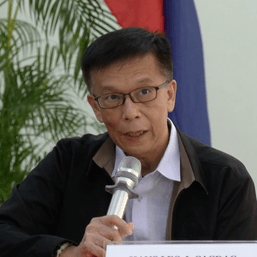




There are no comments yet. Add your comment to start the conversation.